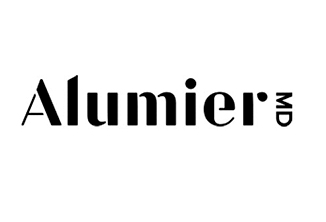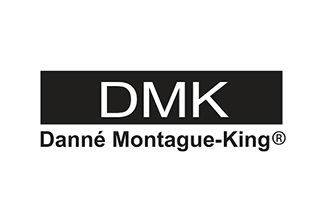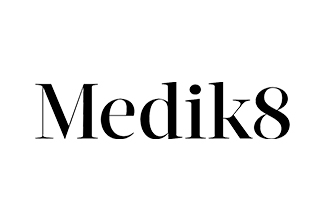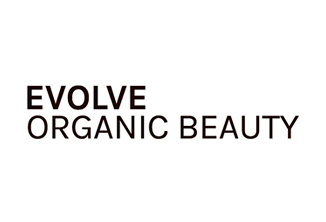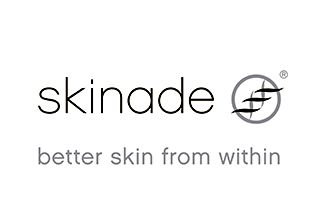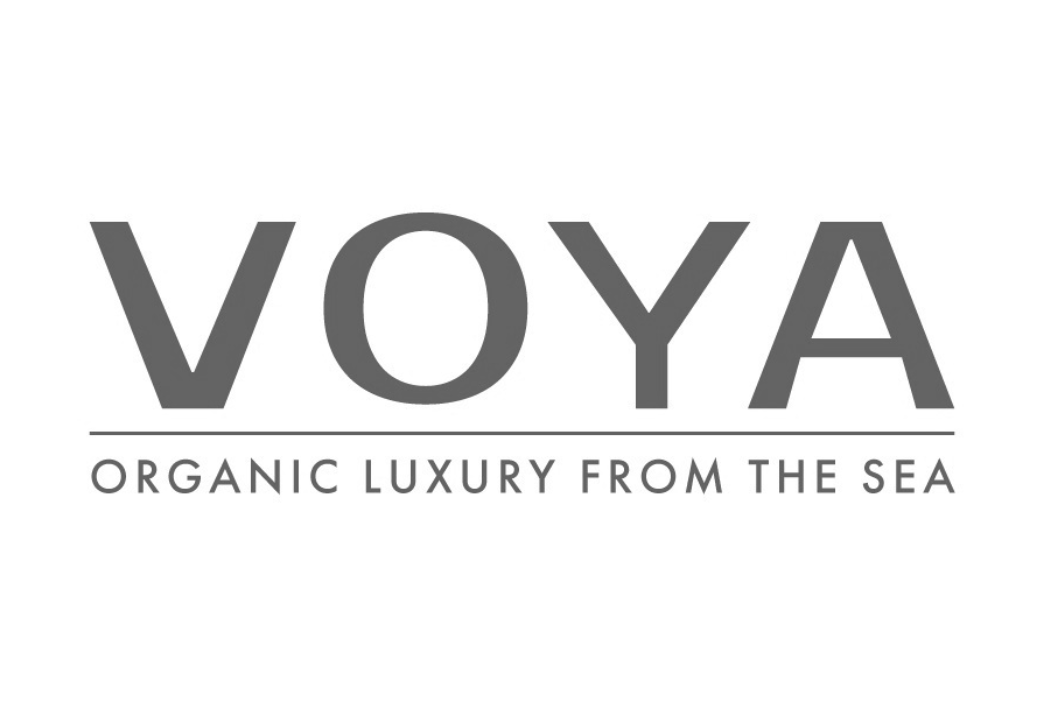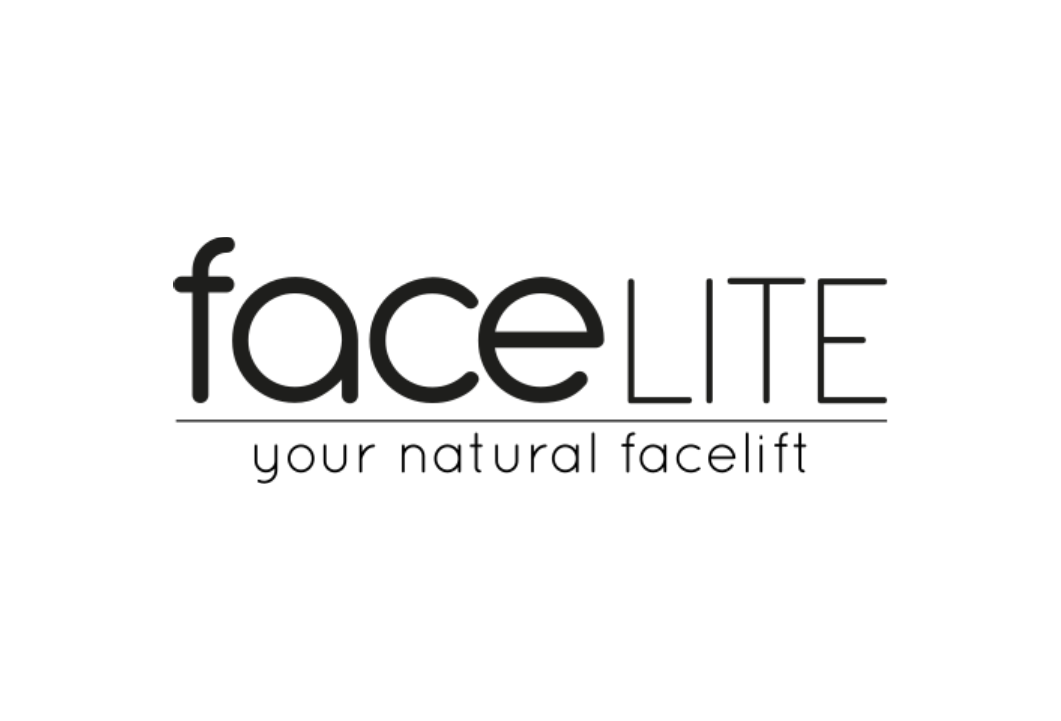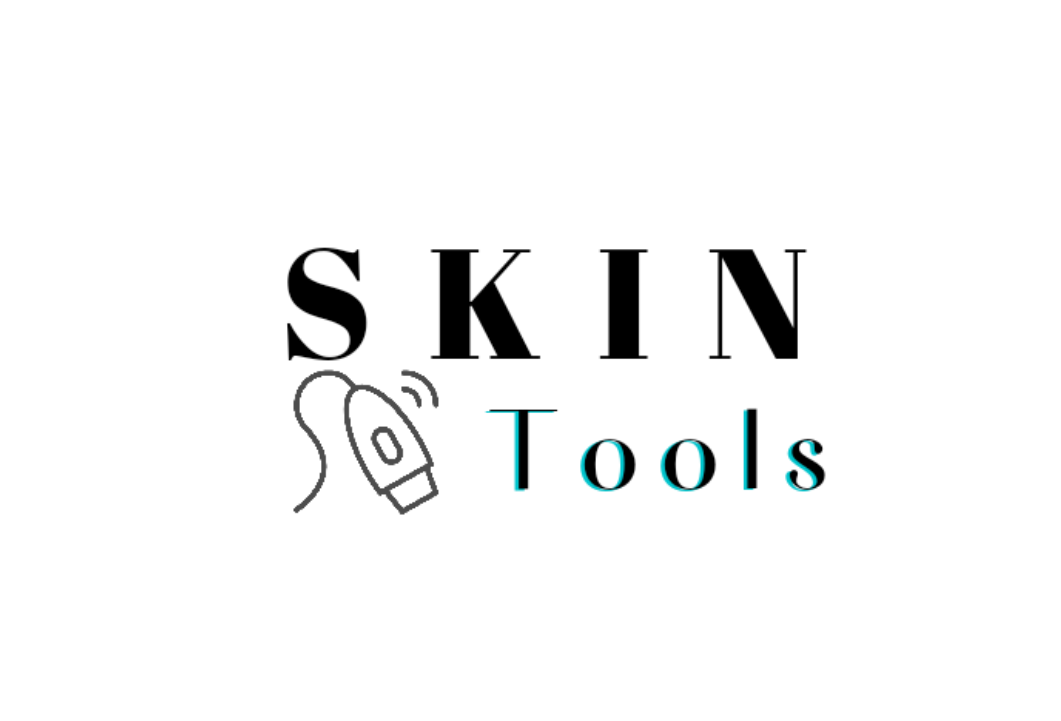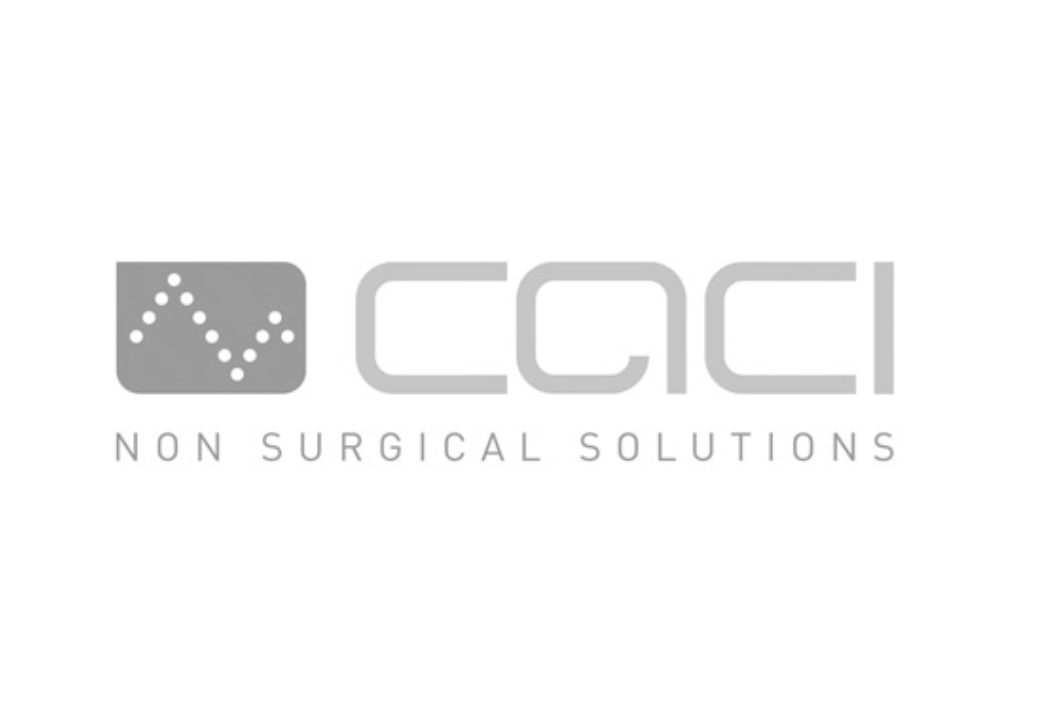A quick guide to understanding the best vitamin A to use in our skincare. Get the best results when you understand how the science of retinoids benefits our skin. Vitamin A is an ingredient that we hear of in every skincare brand today. Dubbed as the gold standard of the anti-ageing world. However are you confused between all the different words such as Vitamin A, Retinoids , Retinol? what is the difference and more importantly which ingredient should you be incorporating into your skincare?.
The Terminology
Vitamin A is a large family group and one branch of Vitamin A is a group of compounds called Retinoids. Within the Retinoid group are many different compounds one of which is called is Retinol.
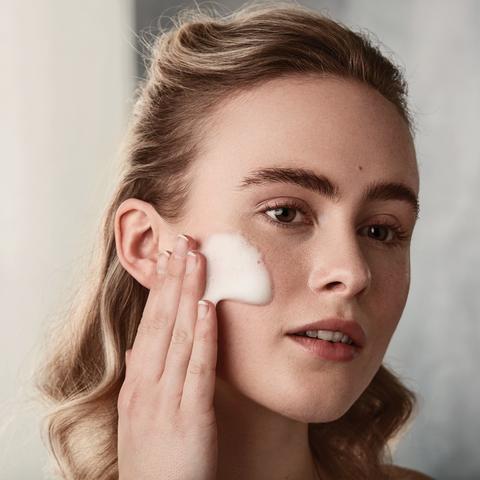
The benefits of Retinoids.
Retinoids when used in our skincare routine can provide many benefits. The compounds can increase cell turnover, they act as an exfoliator providing improvement in skin texture, reducing pore size and also inducing the production of collagen. This provides a youthful result as it plumps out fine lines and wrinkles and also evens skin tone. However using the correct Retinoid is detrimental to ensuring a successful end result!
Which Retinoid do I use?
Our skin will change the retinoid compounds used in skincare into a compound called Retinoid acid, it is this form of vitamin A that is recognised by the bio chemistry of our cells and promotes all the skin benefits that we love from our Retinoid creams. However the process in converting the retinoid compounds in our skincare into retinoid acid depends on the starting point!
Retinol Esthers –>Retinol —>Retinaldehyde—->Retinoid acid.
As you can see from the above chain there is a sequence in the formation of Retinoid acid. Whichever compound we add to skincare, be it Retinol Esther or Retinol the compound has to change into Retinaldehyde and then change again into Retinoic acid for it to be bio available to the skin. Some Vitamin A products can contain Retinol Esthers such as Retinol Palmitate these Retinoid compounds have not been clinically proven to provide any skin changing results. We also have to take into consideration that every time there is a change along this sequence we lose 10% of the end result!
Vitamin A leaders.
So why don’t we use Retinaldehyde or Retinoic acid directly in skincare? Until recently these compounds were difficult to add to skincare as they were highly unstable and could not be integrated into topical creams. However Medik 8 have managed to address this problem and have now developed a product called Crystal Retinal. As the name suggests they managed to encapsulate Retinaldehyde in a crystal encapsulation making it stable and as you can see from the picture from their Crystal Retinal 6 the benefits speak for themselves. Using Retinaldehyde means that the when it is applied to the skin the compound only undergoes one change into Retinoid acid. This improves the efficacy of the end result.
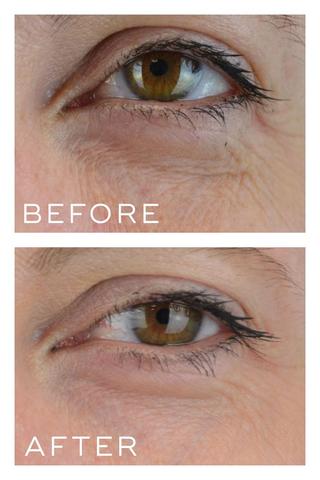
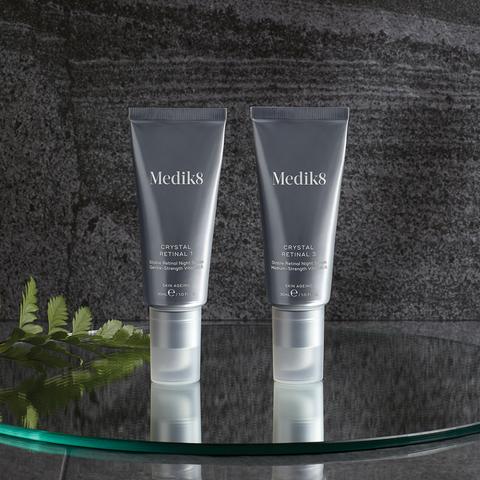
Which Vitamin A products do I use?
As amazing as this technology is we would also recommend products that contain Retinol. There is plenty of clinical evidence that supports the use of Retinol in skincare not only for age concerns but also for acne prone skins as it helps to stabilise sebum production and prevents breakouts.
How to incorporate Vitamin A products into your skincare.
We would advise that when you start using Vitamin A products in your skincare or when you change brand or concentration you apply this simple rule. Use only at night start at week 1 and 2 using the product two nights a week after cleansing your skin. Week 3 nd 4 increase use to every other night and at week 5 use every night . If you experience redness or flaking repeat week 1 and 2 again until your skin can tolerate the product. All of our products are either wax encapsulated and slow release or non -irritation formulas. However we would still recommend the above practice to ensure the most effective use .
